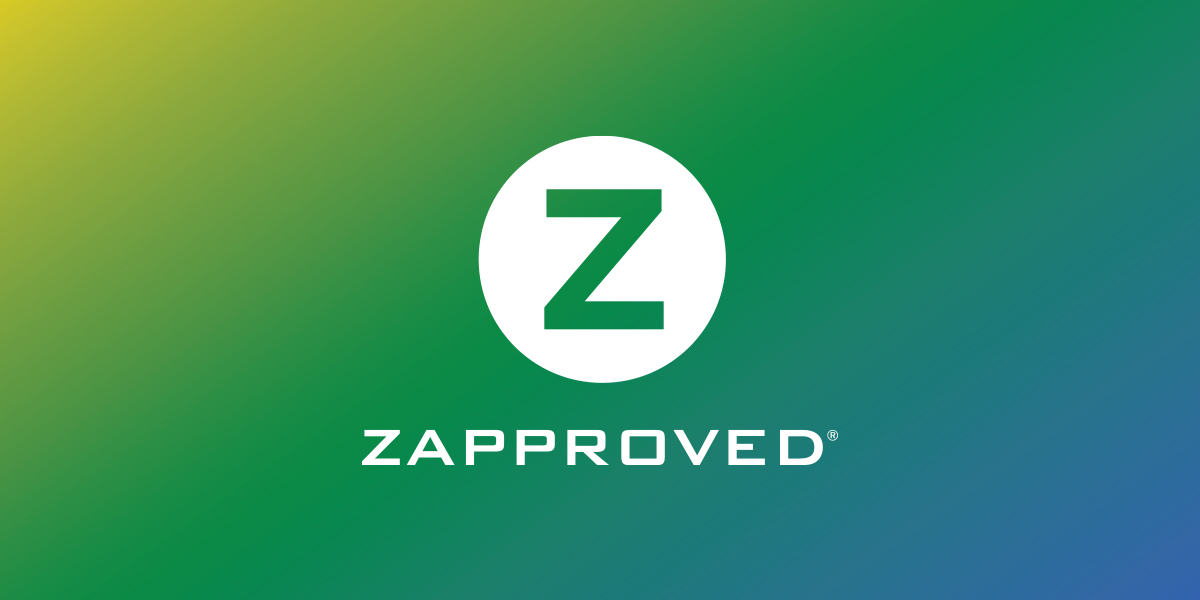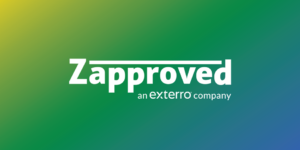
Software-as-a-Service or (SaaS) is a modern business model for delivering business application software that runs in the cloud, rather than on-premise. True SaaS applications allow customers to subscribe to and access software and support using a web browser without installing, managing, or maintaining any software or hardware. Prompted by the expanding volume, accelerating velocity, and multiplying variety of data, companies around the globe are launching SaaS initiatives and are embracing the cloud to reduce costs, improve scalability, and gain operational agility. To react to increasing demand for SaaS applications, there has been a proliferation of “fake SaaS” solutions. This is when a software provider mounts a web portal into a server hosting their on-premise software in an attempt to simulate cloud benefits.
Identifying a True SaaS Solution and Vendor
So as a company with a cloud initiative that is looking for all the benefits available with true SaaS solutions, how do you identify the true SaaS vendors from the pretenders? Following are eight questions that you can ask to make sure you’re going with the real deal.
1) Is your software built from the foundation to be single instance multi-tenant?
The answer should be yes if the software is true SaaS. All customers should using the same instance of code. If not, its not true SaaS.
2) Do you support configuration or customization?
True SaaS is configured, rather than customized. Customers get their specific requests addressed through configuration. Some configurations may only be used by a certain subset of customers. Handling specific requests this way enables the code to remain the same for all customers and allows for streamlined development and quicker release cycles which speeds innovation at a lower cost.
3) How are upgrades managed?
In true SaaS solutions, upgrades should be frequent, at no additional charge for implementation and managed seamlessly by the vendor.
4) Are integrations supported through upgrades?
True SaaS solutions should maintain the integrity of the integrations throughout upgrades.
5) Does your application run on the cloud?
If the application is running on Amazon Web Services or similar infrastructure-as-a-service environment, then you can have confidence that it’s scalable. While SaaS applications can still be found in other hosted environments, in general this is a quick way to determine if the application is really built to take advantage of the economies of scale the cloud offers.
6) Can you deploy it in a week or less and will I know how it will look before implementation?
You can learn a lot about the software and the company’s philosophy toward customer success. While integrating a SaaS software application with existing enterprise solutions and importing records in the system takes longer than a week, a new customer’s instance is typically something that can be generated in minutes. Couple that with some basic configuration, so the organization will know how the solutions will look, and the instance is ready for customers to go live in hours or days, not months or years.
7) Is your software SSAE-16 compliant and what is your security policy?
True SaaS vendors should have processes and policies that encompass physical, network, application, and data-level security, as well as full backup and disaster recovery. The platform should be compliant with security-oriented laws and auditing programs, including SSAE-16.
8) Are there hidden costs or is the total cost of ownership predictable?
The true SaaS model offers companies enterprise-class software at an affordable and predictable monthly subscription with no hidden fees for upgrades or training.




